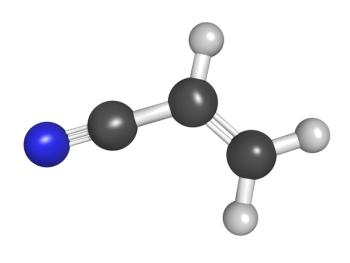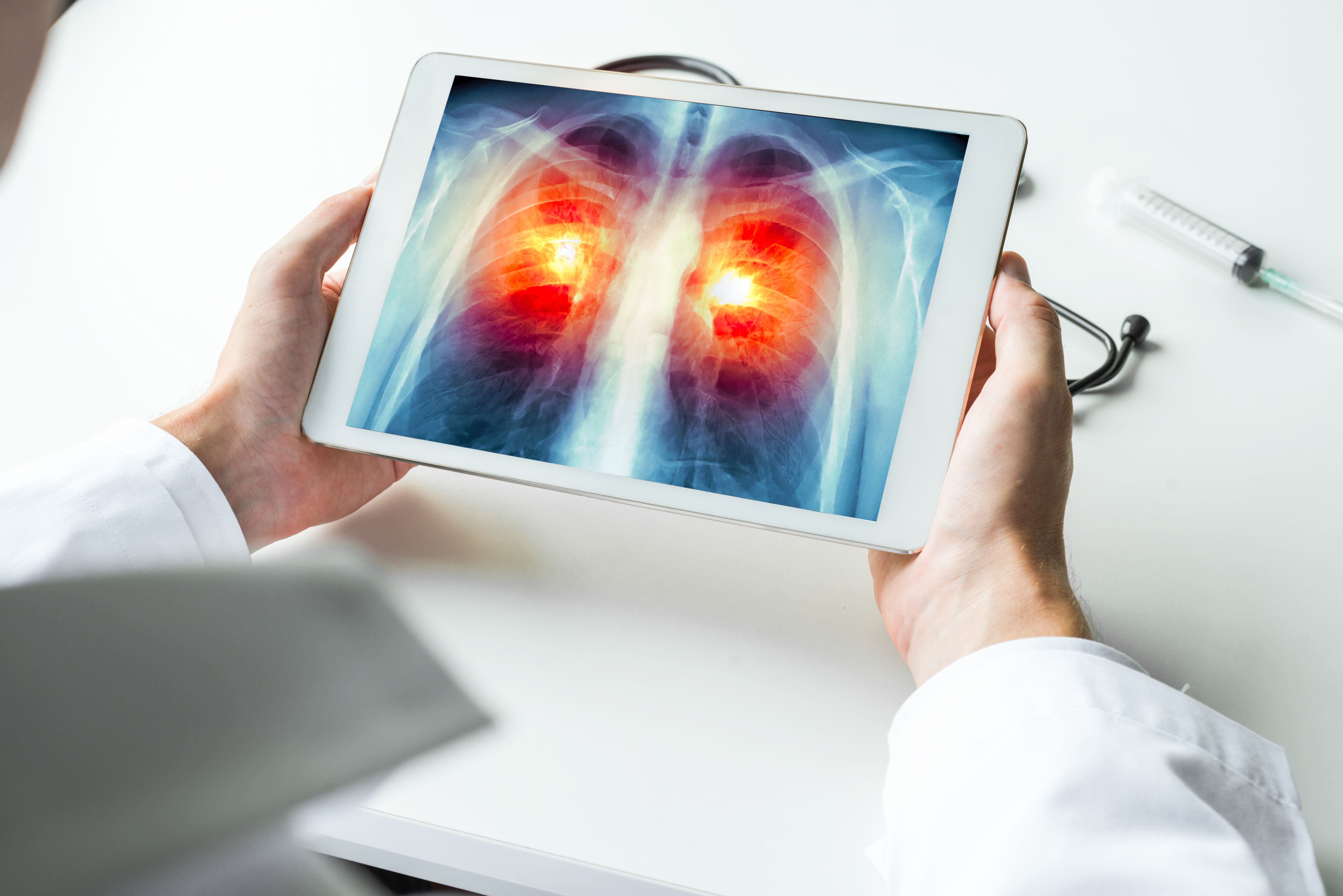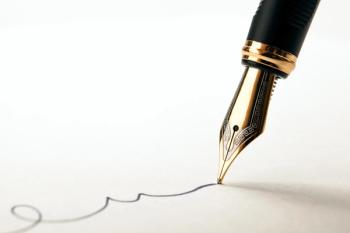
Raman spectroscopy has the capability of accurately determining the physical and chemical properties of bioplastics (polyhydroxybutyrate hexanoate [PHBHx]), which helps determine the maximum crystallinity a polymer can experience.


Raman spectroscopy has the capability of accurately determining the physical and chemical properties of bioplastics (polyhydroxybutyrate hexanoate [PHBHx]), which helps determine the maximum crystallinity a polymer can experience.

Double metal cyanide (DMC) can be monitored in real time using an in situ Raman spectroscopy method. In this study, real-time reaction progress information from in situ Raman results enabled researchers to accurately determine the reaction end point of DMC.

Determining the printing sequences of crossed writings and seal stamps is often difficult because the most common methods used are expensive, time-consuming, and cumbersome. A new method using Raman spectral area scanning offers a better alternative while conducting pigment analysis and determining intersection sequences of writings and seal stamps. We explain why.

Detecting illicit drugs in blood samples requires a rapid, non-invasive technique. The combination of surface-enhanced Raman spectroscopy (SERS) and chemometric techniques, such as principal component analysis (PCA) and partial least squares discriminant analysis (PLS-DA), can aid in this endeavor.

There is a growing desire among spectroscopists for having instruments small enough to be taken to the sample, as opposed to bringing the sample to the instrument. The result is that Raman spectrometers are becoming more miniaturized. Because these instruments come at a lower cost and offer distinct advantages over traditional spectrometers, the expectation is that a rapid expansion of when these instruments are applied will come forthwith. We offer a preview of how future miniaturized Raman spectrometers might look.

A recent study presents a detailed investigation on the pressure-dependent behavior of a Bi2(MoO4)3 crystal using Raman spectroscopy and lattice dynamic calculations. The study sheds light on the structural transformations and vibrational properties of the crystal under varying pressure conditions, offering valuable insights for material science research.

A new study utilized genetic algorithms to optimize pre-processing strategies and classification models such as SVM, multilayer perceptron, and PLS-DA for improved lung cancer diagnosis using Raman spectra data.

An in situ high-temperature Raman scattering study of monoclinic m-Ag2Mo2O7 microrods reveals an irreversible first-order structural phase transition and melting process, according to new research.

Scientists have investigated the structural changes of a discotic liquid crystal during its phase transitions using a combination of quantum chemical approaches and vibrational spectroscopy.

Biomedical Raman imaging is growing in the biomedical space, where technical advances and new information processing tools and techniques aim to propel the field into the future. An upcoming conference in Atlanta, Georgia, will explore these developments while bringing scientists in this field together.

The article discusses a comparison of Raman imaging assessment methods for phase determination and stress analysis of zirconium oxide layers and their application in the development of zirconium alloys, especially for nuclear applications.

This interview with Young Jong Lee highlights the work he and his team have done to reinvent solvent absorption compensation (SAC), and the potential it has across multiple forms of spectroscopy.

Researchers have developed a new method for analyzing Raman spectroscopy data in biological samples using group- and basis-restricted non-negative matrix factorization (GBR-NMF) framework, providing a promising approach for interpreting Raman spectroscopy data in biological samples.

Our annual review of new products for atomic and molecular spectroscopy, including details by category and highlights of overarching trends.

SERS of centrifuged blood serum samples of diabetic type II patients using 50 KDa filter devices can diagnose the disease at an early stage by studying small molecular weight proteins.

The DeepRaman method proposed in the study is an accurate, universal, and ready-to-use method for component identification in various application scenarios.

An overview of Raman spectroscopy and its applications in pharmaceutical analysis is presented.

The researchers believe that the results of this study can contribute to the development of more effective and safer approaches to reduce the toxicity of heavy metals in food and the environment.

Dmitry Kurouski has won the 2023 Emerging Leader in Molecular Spectroscopy Award for his molecular spectroscopy studies revolving around plants.

A Raman calibration model was created to study cell cultures.

According to new research, two new Raman spectroscopy approaches, reducing a spectrum complexity (RSC) and multivariate curve resolution combined with the additions method (MCRAD), can detect bloodstains on a multitude of well-known substrates, with RSC proving to be the more effective technique.

According to the study, partially oxidized Ag nanowires can provide high ethanol selectivity for carbon dioxide electroreduction.

A deep learning model for predicting the size-dependent Raman shift of semiconductor nanomaterials was demonstrated and achieved via multi-layer perceptron.

Webinar Date/Time: Europe: Tuesday, 28 March, 2023 at 1pm BST | 2pm CET North America: Tuesday, 28 March, 2023 at 11am PDT | 1pm CDT | 2pm EDT Asia: Wednesday, 29 March, 2023 at 10:30am IST | 1pm SGT | 2 pm JST | 4pm AEDT

The United States Pharmacopeia–National Formulary (USP–NF) has contributed to ensuring the quality of dietary supplements, foods, and medicines for more than 200 years. This overview explains the use of vibrational spectroscopy techniques in meeting USP–NF requirements and how the information is organized.